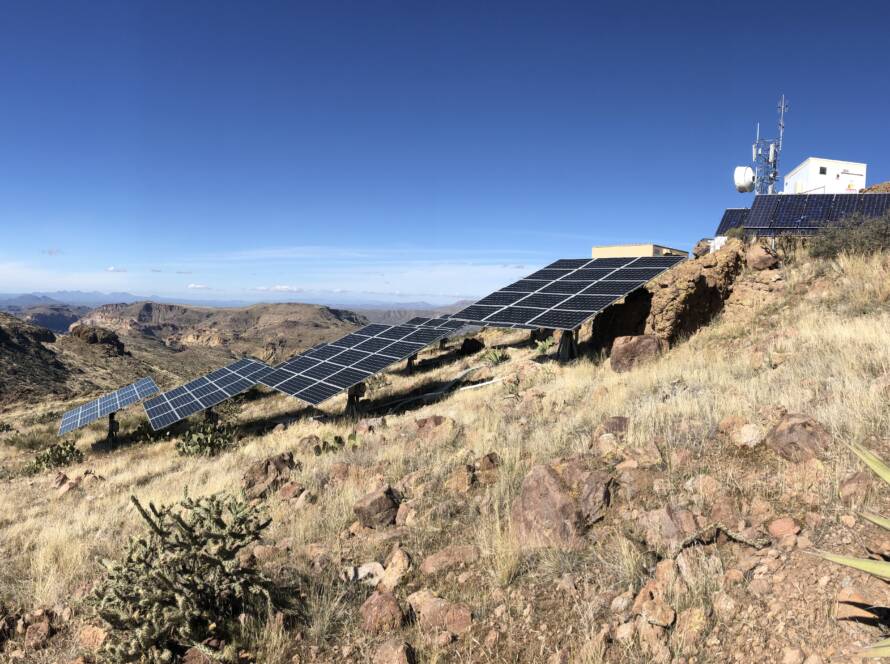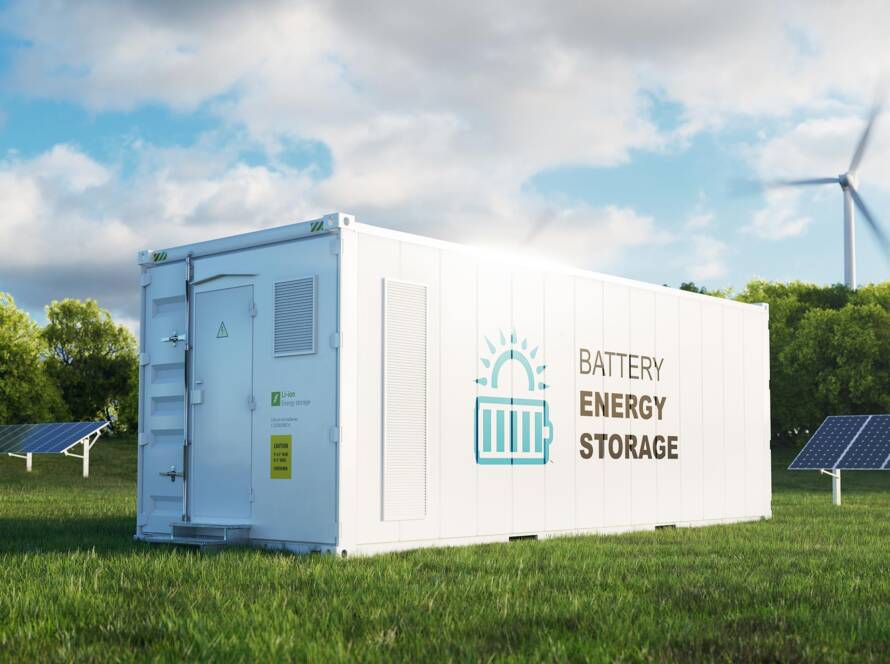Solar Panels: Unveiling Consistency
Our clients are often most surprised to discover that today’s solar panels are fundamentally the same as they were decades ago. Yes, both now and fifty years ago, solar panels consist of tempered glass, silicon cells, and an aluminum frame. Despite common misconceptions, the evolution of solar panels over the past decade has been minimal. This revelation is hard for many to believe, given the buzz around solar technology advancements. However, the reality is that the progress in converting sunlight to electricity has been incremental. Today, a solar panel can produce about double the energy on the same footprint compared to one from forty years ago, thanks largely to manufacturing efficiencies rather than scientific breakthroughs. To put it into perspective, a 400-watt solar output that would have cost over $3,000 in 1990 is now available for about $200.
Inverters: From Simple Beginnings to High Quality
Inverters have undergone significant improvements since the 1980s. Initially, they were limited, unreliable, and produced power that wouldn’t meet today’s standards for electronic devices. The capability was so restricted that running a light, pump, and fan concurrently was a stretch. Modern inverters, however, are capable of generating clean, pure sine wave energy that matches or surpasses utility power.
Batteries: Navigating Through the Ages
Discussing the evolution of batteries in off-grid applications unveils a spectrum of options, each with specific benefits and drawbacks. The key lies in choosing the appropriate system for each project, where the expertise of the contractor plays a vital role. Historically, lead batteries have been a staple from the 1980s through to the present, though their use has become more nuanced over time. Both FLA and VRLA types have their place, with choices often influenced by durability, maintenance, cost, and lifespan considerations. Lithium batteries, while a newer addition, have brought about a shift with their efficiency and potential for expansion post-installation, despite the ongoing learning curve regarding their longevity and maintenance needs.
Generators: Consistent yet Evolving Use
Generators, much like solar panels, haven’t seen substantial material changes in recent decades, especially within the off-grid sector. Their evolution mirrors the slow, steady improvements seen in solar technology. However, the application of generators in off-grid systems has shifted significantly. The move from durable diesel to lighter, propane-fueled units reflects the decreased reliance on generators due to the affordability and efficiency of solar panels, marking a significant turn towards more sustainable off-grid power solutions.



